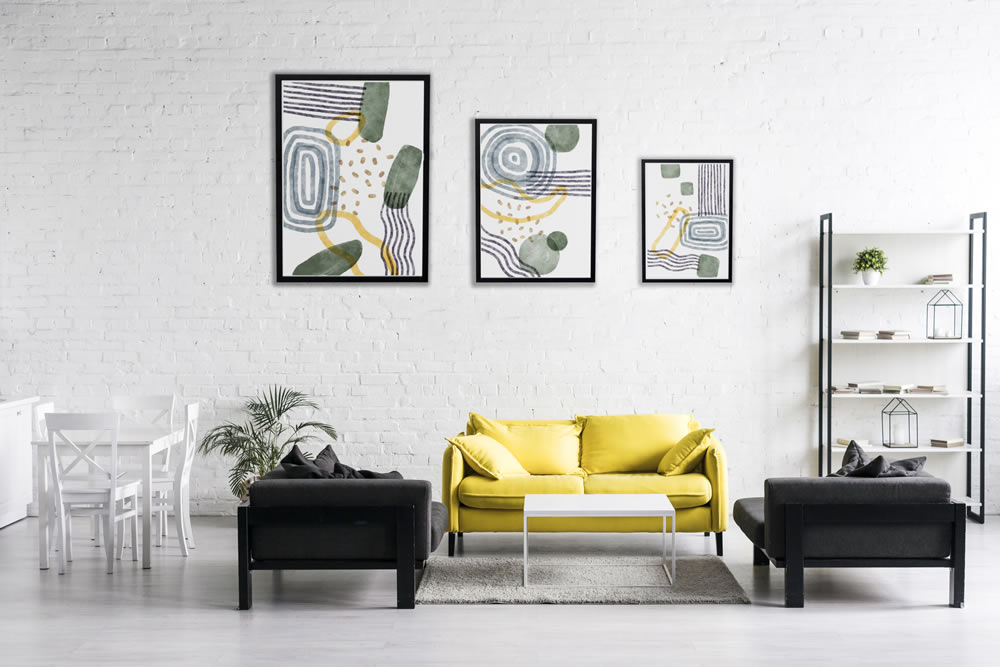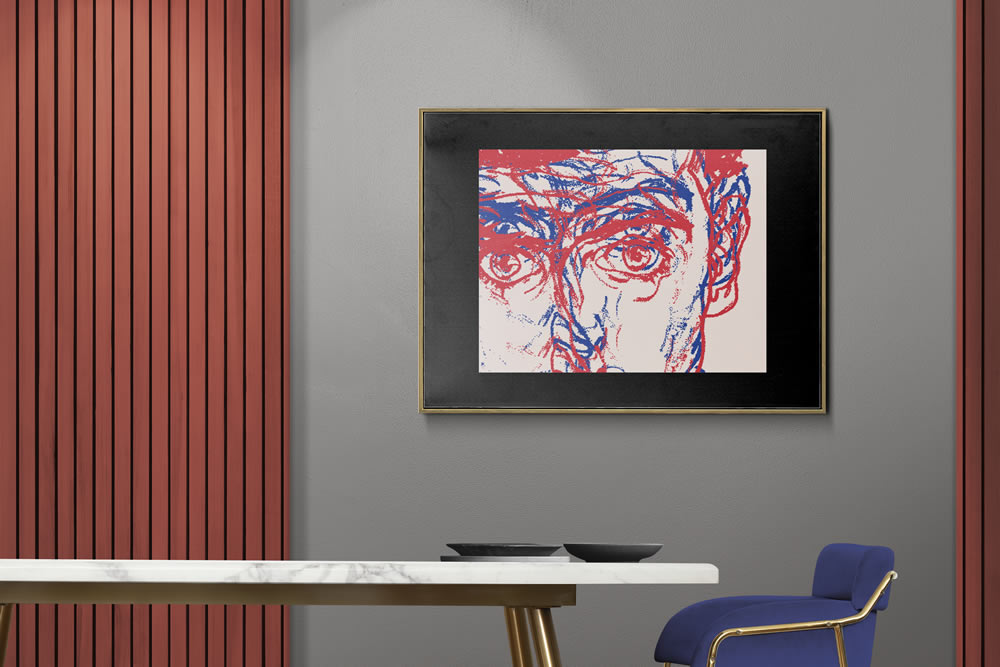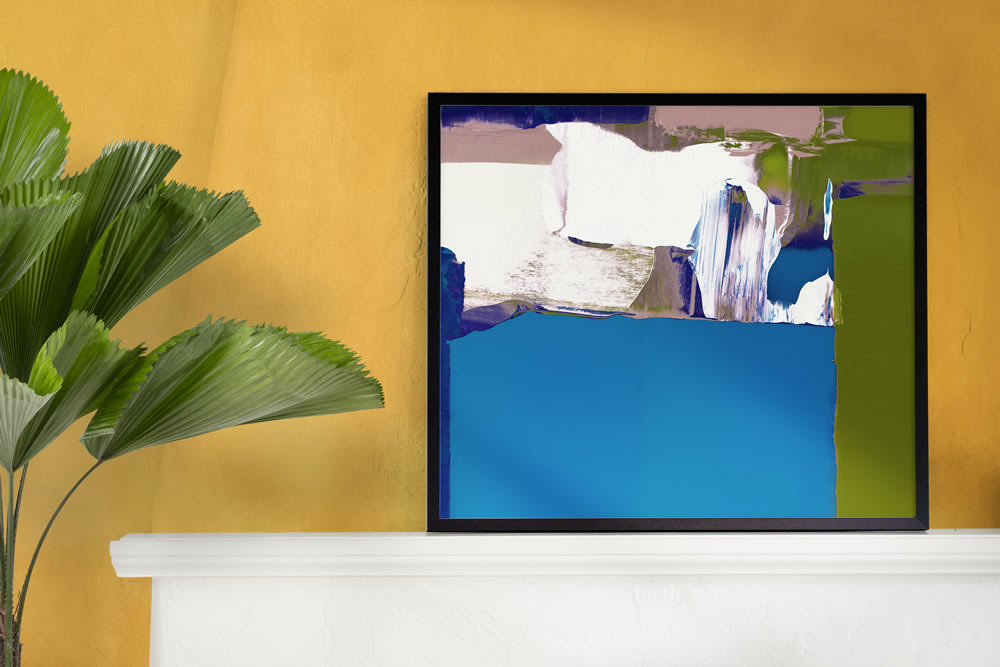When it comes to enhancing the appearance of an interior space, nothing beats the simplicity of hanging wall art. All it requires is a bare wall, hooks or command strips, and the art piece that will be displayed. Plus, you have so many types of wall art to choose from. Whether they’re vintage oil on canvas or modern art posters, you can curate a gallery wall that can reflect your personality.

Nevertheless, there are a few drawbacks to this interior design method. Because hanging wall art isn’t that complicated to do alone and you have a wide selection of artworks at your disposal, it’s easy to get carried away with the process. There may come a time when you’ve hung so much wall art in your home that the pieces begin to lose their individual charm.
Of course, there’s nothing wrong with hanging a lot of wall art, especially if you’re going for the maximalist approach. However, if that’s not your goal, then you have to limit the number of artworks you display on your walls. Now the question is: how much is too much when hanging wall art? Here are three indicators that suggest there are too many pieces on your walls:
Cluttered Appearance
One of the most evident signs that there may be too many art pieces adorning your walls is a cluttered or cramped look. This is often the result of an accumulation of art pieces without careful consideration of spacing and arrangement. Densely packing or overlapping artworks on the walls can create a visual space that feels chaotic, leaving occupants feeling uneasy and overwhelmed.
Visual Overload
Displaying too much wall art can cause visual overload, which occurs when the eyes are bombarded with an excessive number of stimuli. When there are too many art pieces competing for your attention, your gaze may dart frantically from one piece to another, making it challenging to focus and appreciate individual artworks.
Lack of Cohesion
A lack of cohesion is another tell-tale sign that there may be too many art pieces on your walls. Having too many disparate art pieces scattered haphazardly on your walls can make the overall aesthetic of the space feel disjointed and chaotic. Without a unifying theme or visual language, the collection may appear random and disconnected, detracting from the overall cohesion of the room’s design.

How to Avoid Overcrowding Your Walls with Art
Fortunately, there are a few guidelines you can follow so that you can avoid overcrowding your walls with art. Let’s have a look at some of them.
Select a Theme
Choosing a cohesive theme for your wall art can help prevent overcrowding and create a unified and visually appealing display. A theme provides a guiding principle for selecting and arranging artworks, ensuring that they complement each other.
Start by identifying a theme that resonates with your personal style and the overall aesthetics of your space. This could be based on a specific subject matter like landscapes, portraits, or abstract art, or a particular style like vintage, contemporary, or minimalist. Once you’ve decided on a theme, select artworks that align with it in terms of style, colour scheme, and subject matter. This will help create a cohesive and coordinated look that ties the room together.
Aim for Balance
Balance ensures that the visual weight of the artworks is distributed evenly across the wall, creating a harmonious and aesthetically pleasing arrangement. To achieve balance, consider the size, shape, and placement of each artwork relative to the surrounding space. Aim for a mix of larger and smaller pieces, as well as a variety of shapes and orientations, to create visual interest and balance. By aiming for balance in your wall art arrangement, you can achieve a cohesive and inviting space that allows each artwork to be appreciated fully.
Consider the Scale of the Artworks and Walls
When hanging wall art, it’s crucial to consider the scale of both the artworks and the walls themselves. Oversized artworks can overwhelm a small wall, while small pieces may get lost on a large wall. Before hanging any artwork, take measurements of the wall space and the artworks you intend to display. Consider the visual impact of each piece in relation to the size of the wall and the surrounding furniture.
For smaller walls, opt for smaller or medium-sized artworks that won’t overpower the space. Conversely, larger walls can accommodate oversized or statement pieces that command attention without feeling cramped. Additionally, consider the scale of the artworks relative to each other. Avoid hanging artworks of vastly different sizes side by side, as this can create an unbalanced look. Instead, aim for an arrangement where the scale of each artwork complements the others.

Ensure Proper Placement
Proper placement of wall art is essential for avoiding overcrowding and creating a balanced display. Begin by identifying the focal point of the room, such as a fireplace, sofa, or bed, and use it as a guide for hanging art. The flow of traffic in and out of the room should also be considered. Your goal is to make the artworks complement, enhance, and draw attention to the focal point without overshadowing it.
Utilise the Concept of Negative Space
When it comes to hanging wall art, utilising negative space effectively can help prevent overcrowding and create a more balanced, visually appealing display. Allocating adequate negative space around each artwork allows it to breathe and stand out on its own. Consider leaving blank areas on the wall to create visual breaks and prevent the display from feeling too dense. These empty spaces can even help highlight key artworks and create a sense of rhythm and flow throughout the room.
Hanging wall art is a great way to enhance the visual appeal of a space and add personal touches to your home. However, you have to make sure that you’re not overcrowding the walls with different pieces to preserve the allure of the artworks. With the help of these tips, you can curate a gallery wall that’s pleasing to the eye and enhances your home’s interior spaces.
